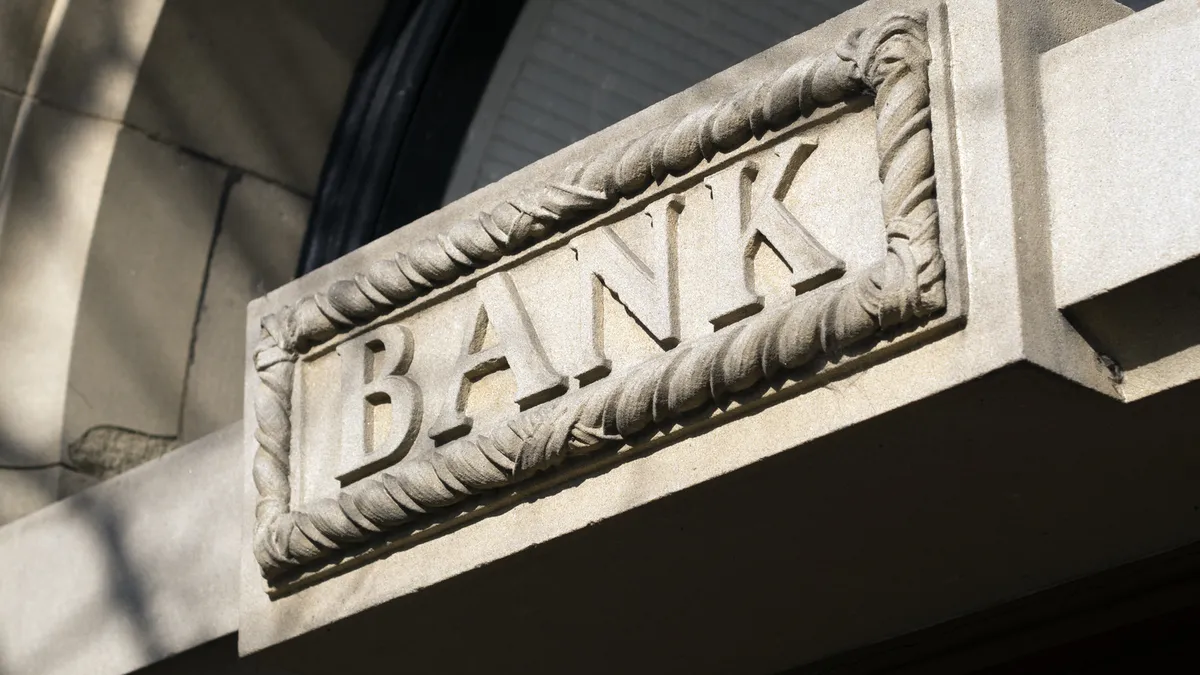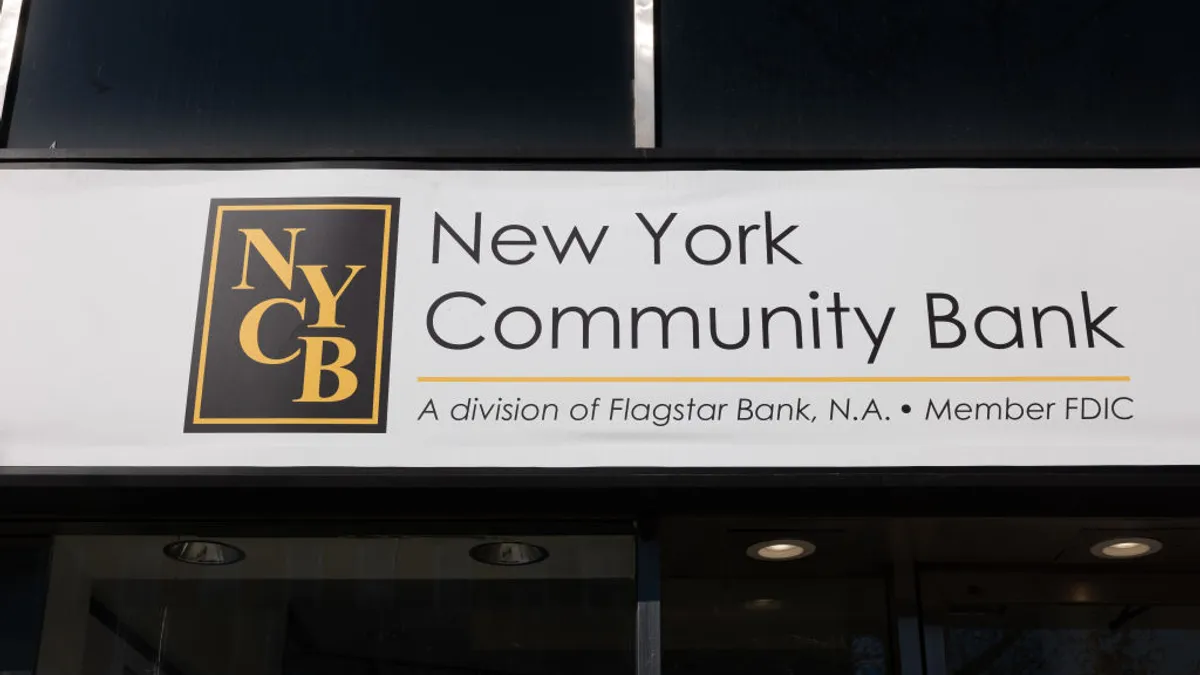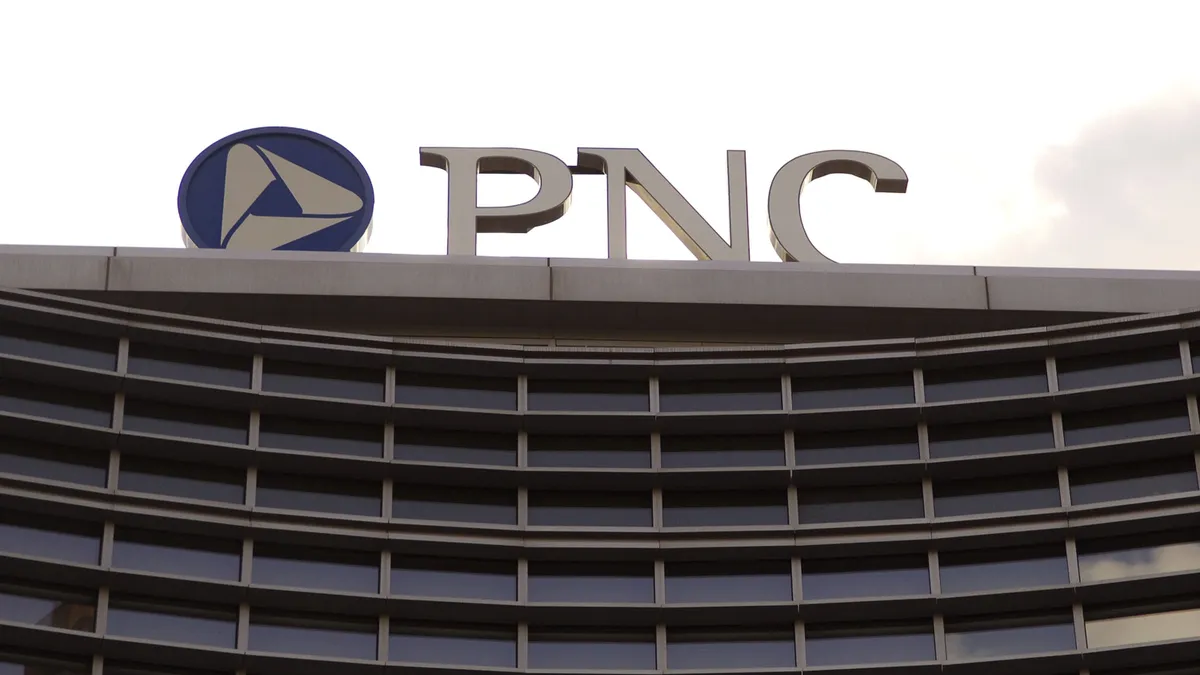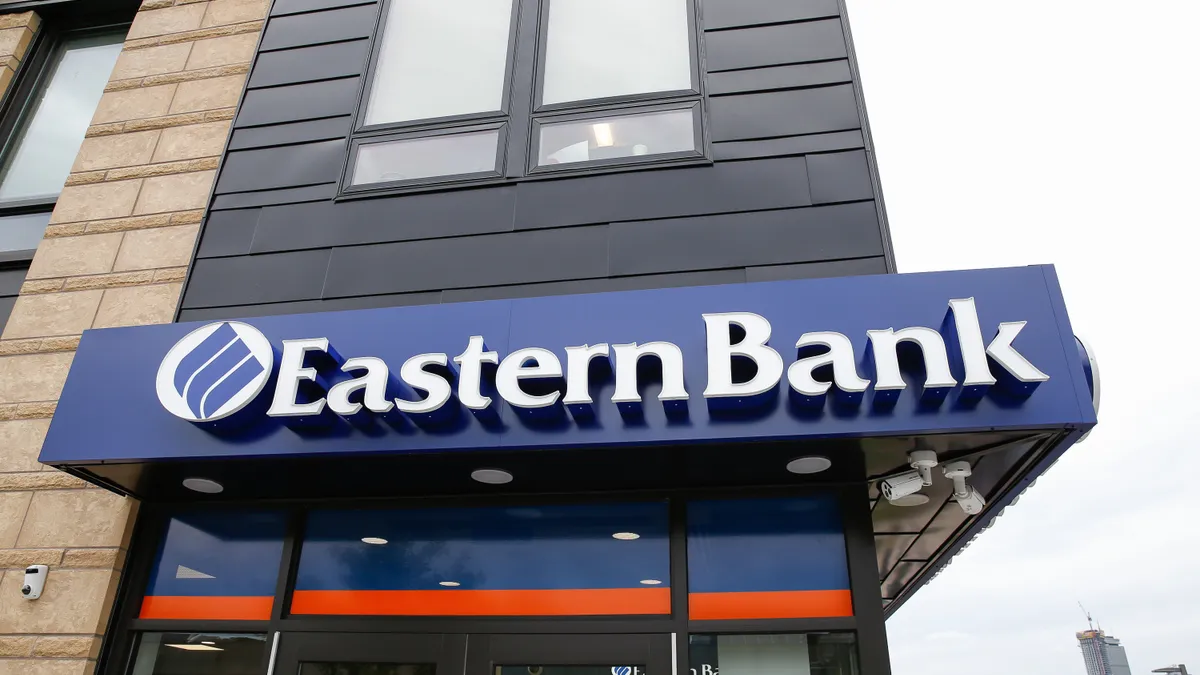Two-and-a-half months since the first states began issuing stay-at-home orders in an effort to stop the spread of the novel coronavirus, states are easing restrictions on businesses and large gatherings.
But as banks consider a return to normal business operations, they face security and logistical challenges that some say will be difficult to navigate.
Since banks have been considered essential businesses and haven’t been ordered to close branches, many have been handling transactions through their drive-through windows or allowing customers in branches by appointment only. Like many other businesses still operating through the pandemic, many bank branches have cut hours and reduced office-based staff for safety reasons.
Provident Bank, a $10.2 billion-asset regional bank, with 82 locations in New Jersey and eastern Pennsylvania, has had its branches open for appointment only, and had its drive-throughs in operation during the pandemic.
But CEO Chris Martin said it's been a challenge weighing the right date to open branches to foot traffic again, given the fact that a governor’s order to reopen may be reversed if there is another spike.
"We have been considering the [Centers for Disease Control and Prevention] guidelines, and the New Jersey governor has been saying June 8, while we’re looking at opening up June 1," he said. "In Pennsylvania, it’s the same concept. We have to get a little clearance."
Martin said he wants to provide some consistency for employees and customers.
"I don't want my staff to think we're going to be wedded to the governor's whims. I'm not trying to be a rebel, I'm just saying, how can we operate our business consistently for our clients?" he said.
Lead Bank, a community bank based in Kansas City, Missouri, will be taking a conservative approach to reopening the bank’s three branches, especially its original Garden City location, which CEO Josh Rowland described as a "hub of activity" during pre-pandemic times.
"We have people who come in and view the bank as kind of a social hub. They're in there every day. The idea of social distancing is a little bit tricky when it runs into a way-of-life challenge," he said. "So our lobbies are going to remain closed, and we're gradually, only very gradually, phasing in our staff to work in person."
Rowland said the bank has leaned into its digital offerings and teleconferencing as employees and clients interact remotely.
"The way that people interact with the bank and the way that they interact with their money and their financial affairs, I think people feel like they've got that under control and they like the way it is," Rowland said. "The question about how you balance global safety with the way of life and the strong traditions in that community is challenging."
Another challenge comes with customers entering a branch wearing masks.
Rowland said his bank is looking into digital tools such as radio frequency identification that would enable the bank to identify and track customers for both security and customer-service purposes.
Joe Thomas, CEO of Fairfax, Virginia-based Freedom Bank said he plans to have customers remove masks for a photo before they enter the branch.
Thomas said it's an additional security protocol, along with standard branch security features such as cameras and tape measures to identify an individual’s height in the event of an attempted robbery.
"It's for the protection of our employees and the protection of resources in the office, and I think people would expect that," he said.
Thomas said the bank is also considering taking the temperatures of employees and arranging rotating shifts to prevent overpopulating an office and keep an entire team from coming down with the virus.
"When you're wearing sunglasses and a hat, that's a prototypical robbery type of suspect," Martin said. "So with masks, it’s a challenge."
Martin said he plans to have greeters in place to help identify customers as they walk in, but may continue to have customers enter the branch by appointment only if it proves too challenging.
"We may see an upsurge in robberies," he said. "And the biggest problem is, because of the environment, there may be more of that as stress begets people to take desperate measures.
"I hope that our law enforcement and FBI are paying attention to this, as it’s the new operating paradigm," he added.
Martin said he's eager to return to normalcy because his bank relies on face-to-face interactions to set it apart from digital banks and larger Wall Street firms.
"We have customers and we're here for the grace of our customers, so the fact that we're not able to communicate with them one on one is upsetting, and I think the further that goes on, the worse it could get for us," Martin said. "I like to look, see, touch and be able to interact with one another. That's why our business has been successful for so long. If we don't, we'll be subject to fintechs beating us to every punch."
But Thomas said customers that have become comfortable using digital offerings may not be so quick to return to the branch for their banking needs.
"It's clear that this [pandemic] has shocked the behavior of clients and bank employees to become more fluid with digital technology," Thomas said. "I think we will see more and more clients rely solely on the relationship using digital channels."
A recent survey by fintech Novantas found only 40% of customers plan to return to branches post-pandemic, according to CNBC.
Thomas said Freedom Bank was able to onboard 225 new clients as a result of its participation in the Paycheck Protection Program, many of whom he hasn’t met personally.
"We never physically get together and we send through DocuSign the documents for the account opening and the loan closing. And they're thrilled by the experience," he said. "As long as they have a banker and a human that they can call or Zoom with, it doesn't mean they have to go to a branch or physically meet the person."




















